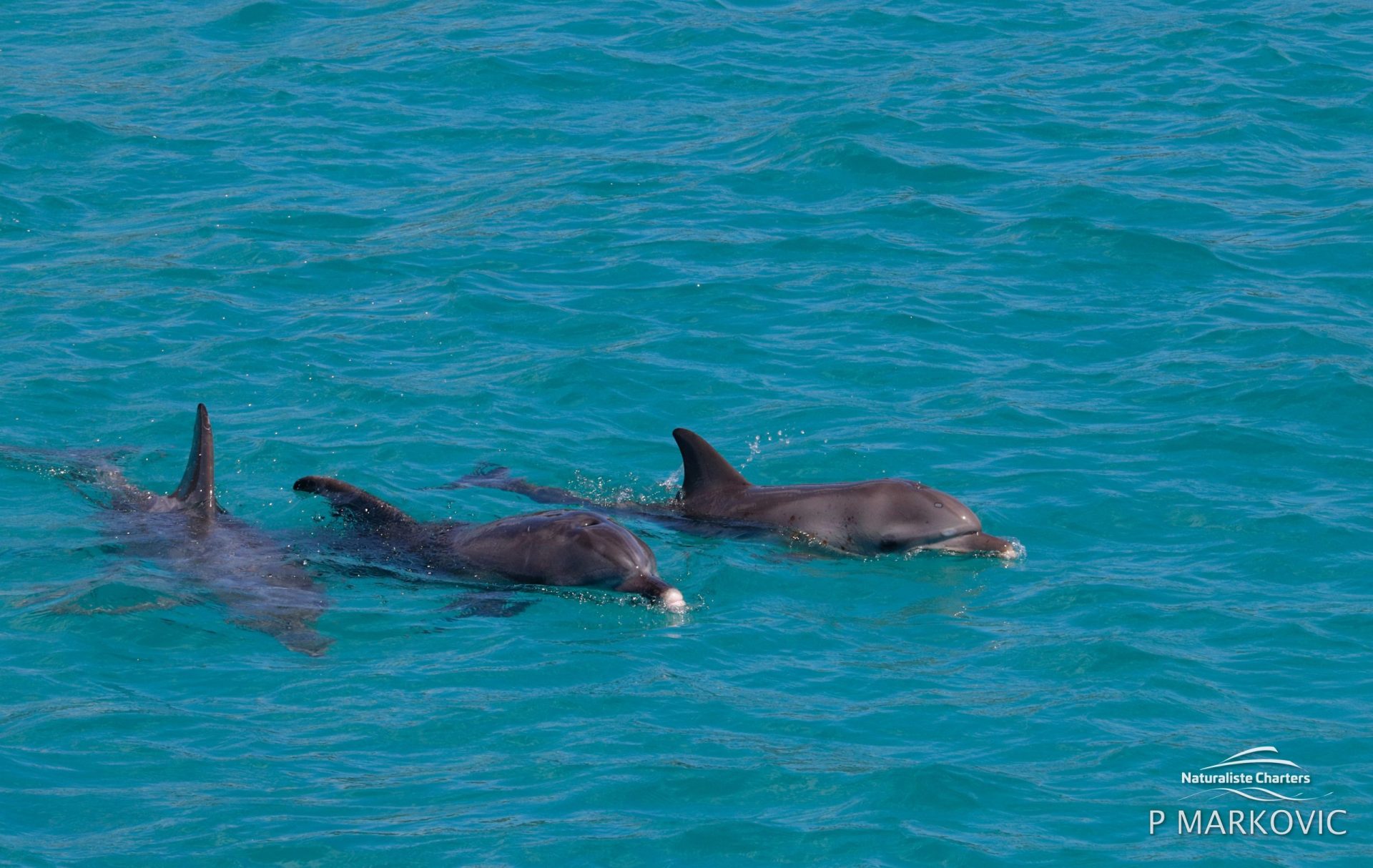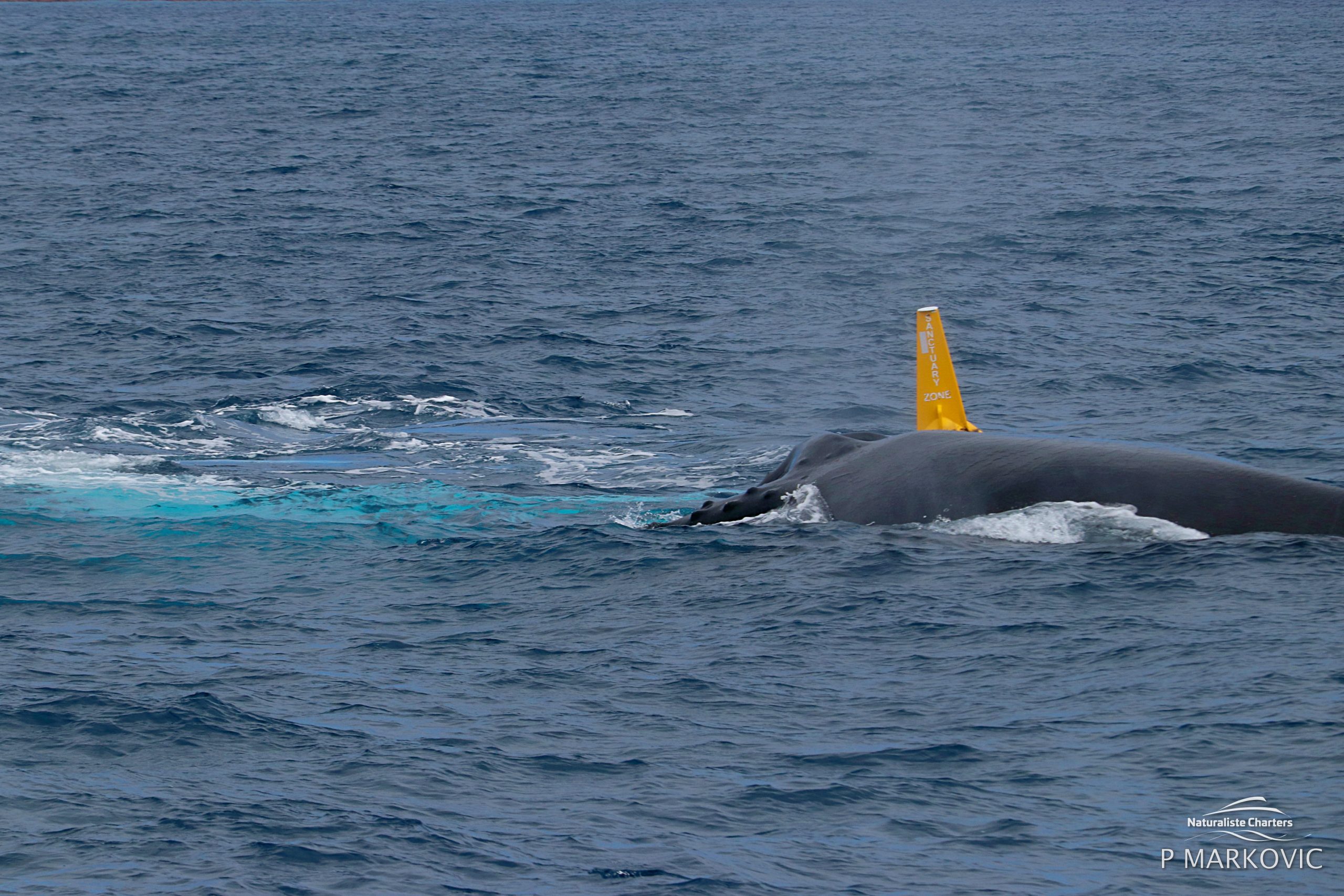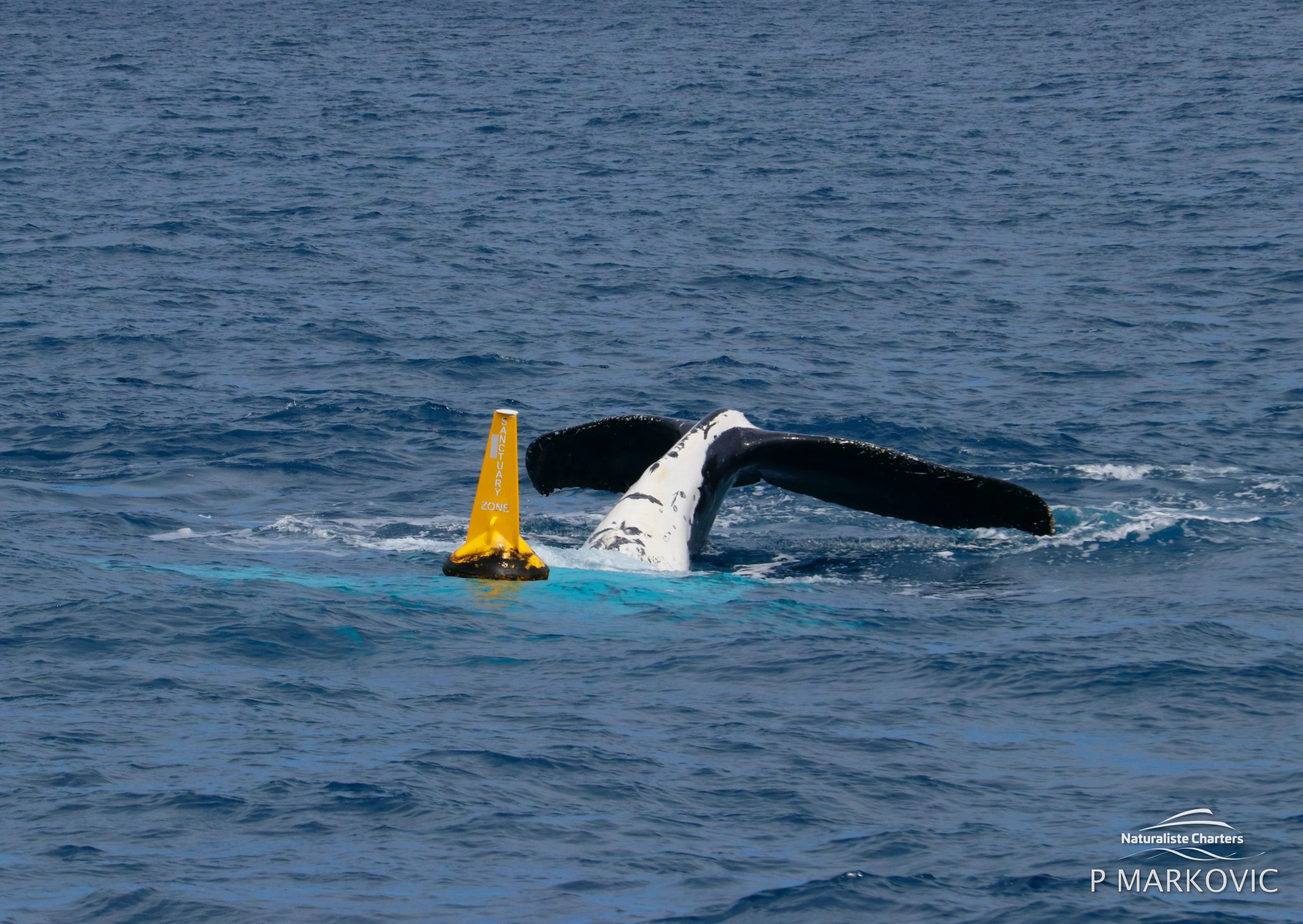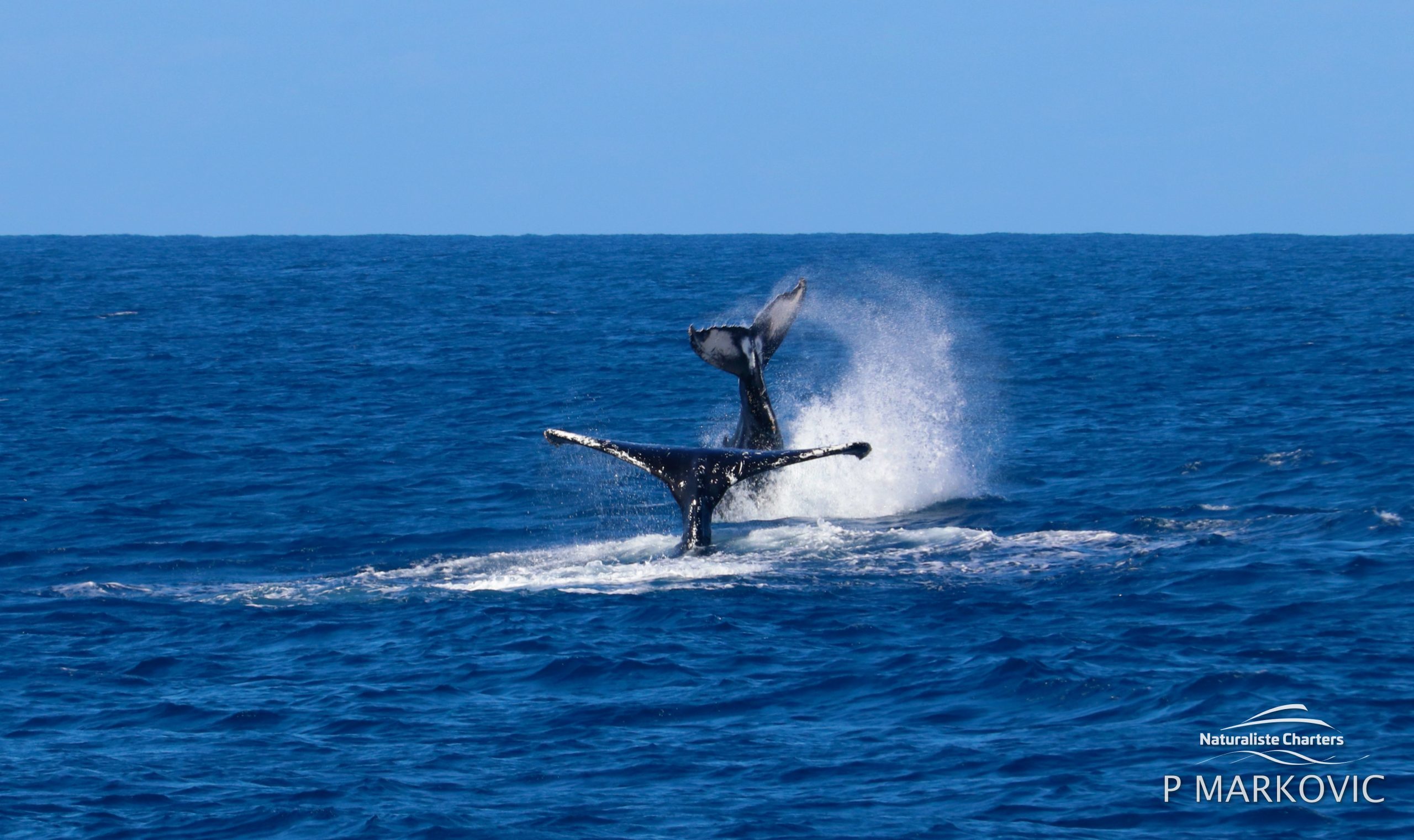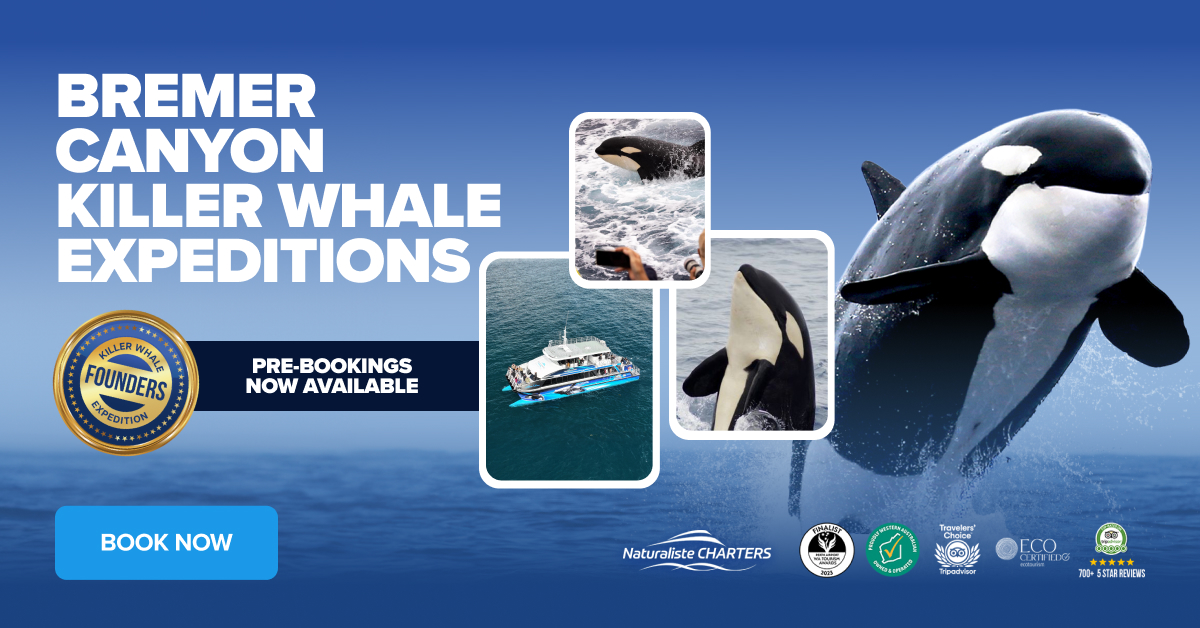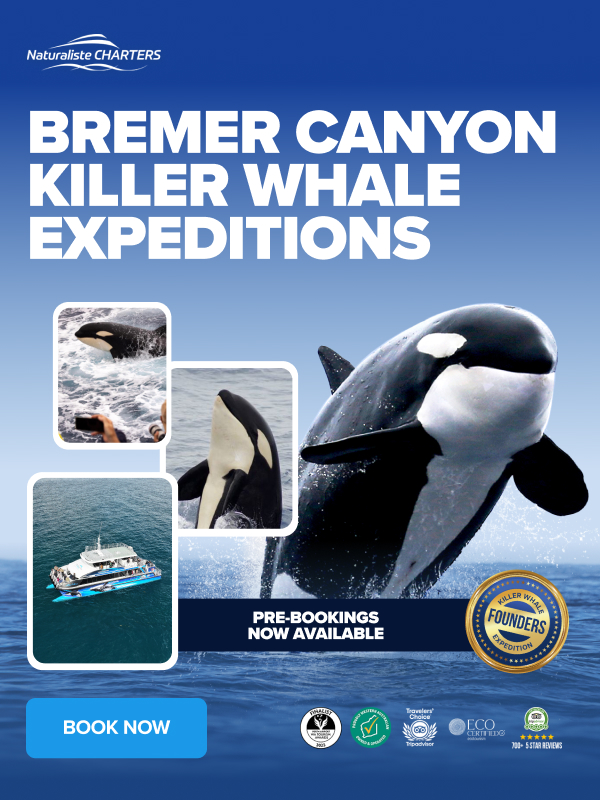As many know, the blue whale is the largest animal to ever bear existence on our planet. Due to their size, these enormous animals were also heavily hunted during the whaling era, to the point of near extinction! So firstly, to sight one of these 180 tonne animals is incredible in itself and you’d consider yourself extremely lucky BUT to have over 15 blue whales sighted in one tour, now that’s BLUETASTIC!
2020 has been the bluest season yet with a grand total of over 280 blue whales’ sightings between September and December, that’s a new record for the bay! On average that’s over 2 blue whales EACH day or 70 each month!!!
Blue whales are still considered as “endangered” under the International Union for the Conservation of Nature (IUCN) and because of this they’d previously been considered as predominantly solitary animals. However, as numbers slowly increase so do the number of individuals sighted within proximity of one another. The largest number of blue whales sighted on a single whale watching expedition in Dunsborough was 15 animals in one loose pod!! The pod consisted of mothers with their new born calves and other individuals.
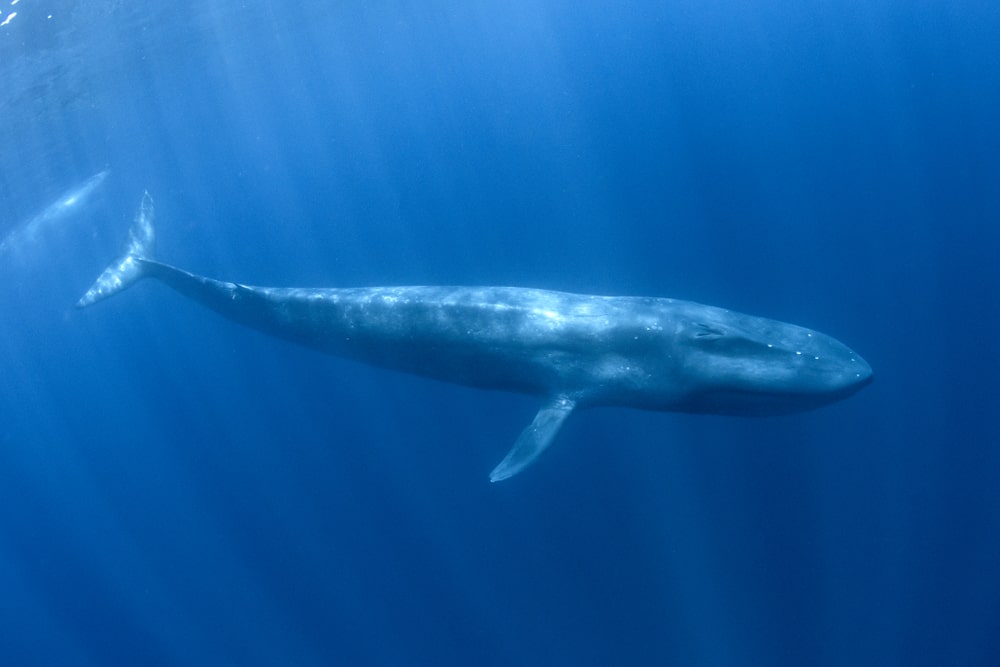
When born, a blue whale calf can be up to 4m in length and weigh up to 7 tonnes!!! The enormous babies also drink up to 400L of mums milk each day!! Once a calf reaches Cape Naturaliste from its northern calving grounds, they’re already a whopping 10-14m long!! This is almost ½ the size of its mother before its first year on the planet! Antarctic or “True” Blue whales grow up to 33m in length with their slightly smaller counterparts the “pygmy blues” (which are only 5% smaller) reaching 25m. It is almost IMPOSSIBLE to tell the difference between the two species, even with well a trained eye.
Blue whales are baleen whales which spend the austral summer down in Antarctic waters to feed on small crustaceans known as krill. Over winter these massive marine mammals migrate north into Australian waters, heading all the way to Timor to breed and calve. Some of the blue whale population passes through the waters off Augusta on their long journey north. On their southern migration a much larger number of blue whales migrate through Geographe Bay and along Cape Naturaliste, often within 500m of the shore! The number and frequency of individuals that migrate through the area is still unknown. However, by joining Naturaliste Charters on a whale tour you’re not only getting to encounter the world’s largest animal, you’re also contributing to the long-term research that is conducted both on the vessel and onshore which aims to better determine the number of blue whales that migrate along the WA coastline.
Funnily enough, the BEST place to encounter these ocean giants on is often less than 500m from the beach which means you’re even likely to witness a blue whale from shore!
Other than their size and the ability to hold their breath for hours at a time, blue whales don’t have very many defense mechanisms to ward off predators. A blue whale’s main threat being the oceans apex predator, the killer whale. Until recently it was thought that orcas didn’t predate on blue whales, until last year at least.
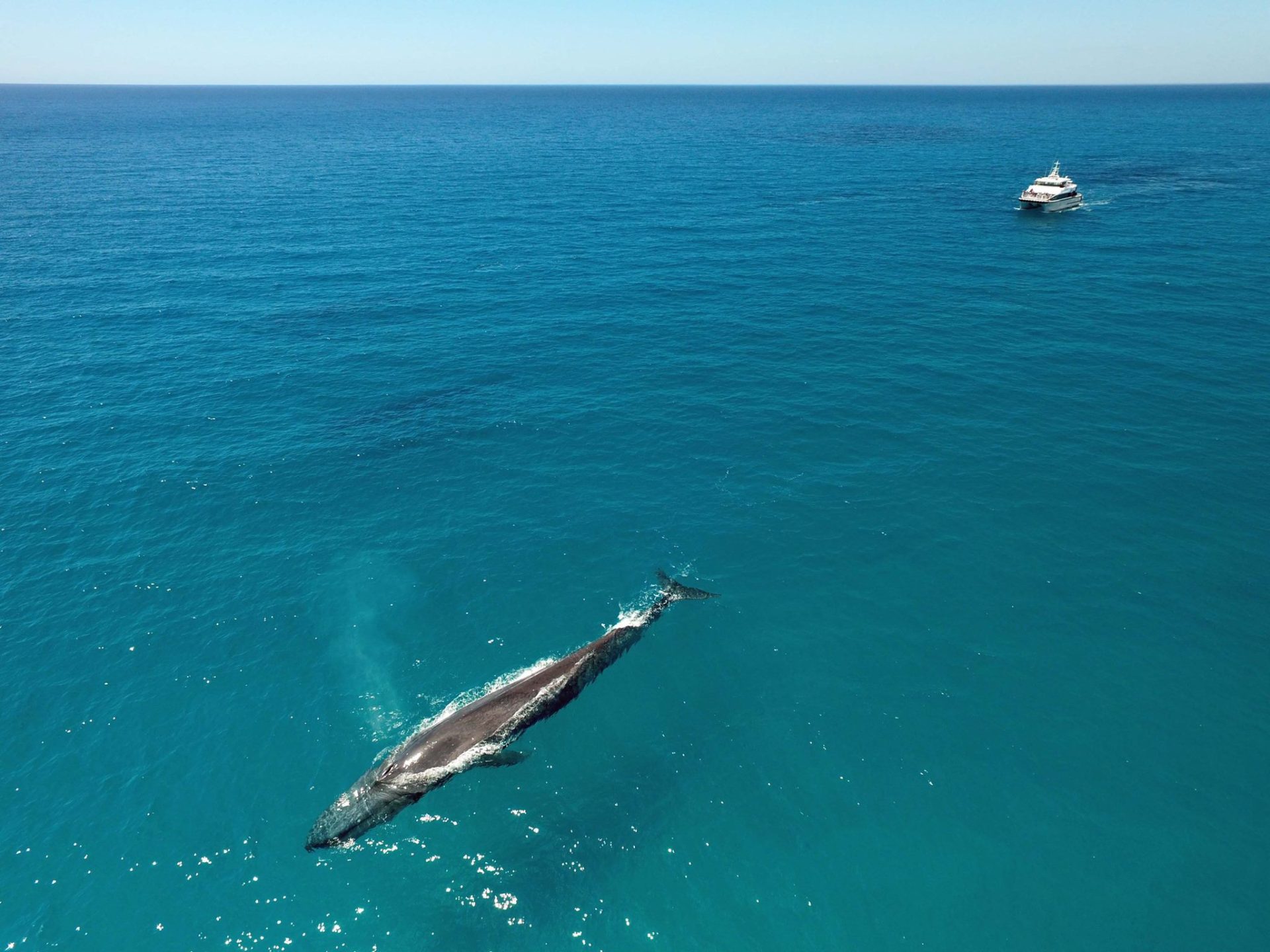
A portion of the blue whale population passes through the Bremer sub-basin on their long journey north. This also happens to be where we conduct killer whale tours between Jan-April each year. The majority of blue whale sightings occur on the way out to the canyon on the 80m depth contour line which is up on the edge of the continental shelf right before it plummets to over 1000m. This expanse of water is now known by tourism operators as the “gauntlet” as its where we encountered over 50 orcas hunt, take down and kill a blue whale for the first time in the WORLD. We never thought we’d see it again…two weeks later, the same thing happened again! This incredible place is one of the final frontiers and we’re lucky enough to be a part of the action, excitement and science!
A more tranquil place to encounter blue whales is in Dunsborough, which is considered the most affordable and accessible place to witness these ocean giants in the WORLD! Below is a summary of an incredible tour from this season.
Two minutes. That’s all it took.
Twice a day, every day, we drop the mooring lines and steam out to the depths of the bay.
This day was different. Passengers had barely had the chance to find a spot and look around, when the crew yelled BLUEEEEEEEE.
Passengers quickly turned their heads toward the crew with confused and excited glances….the sky? The water? Both at this moment were very blue. The water where we were positioned was only 10m deep as we sat less than 1 km offshore.
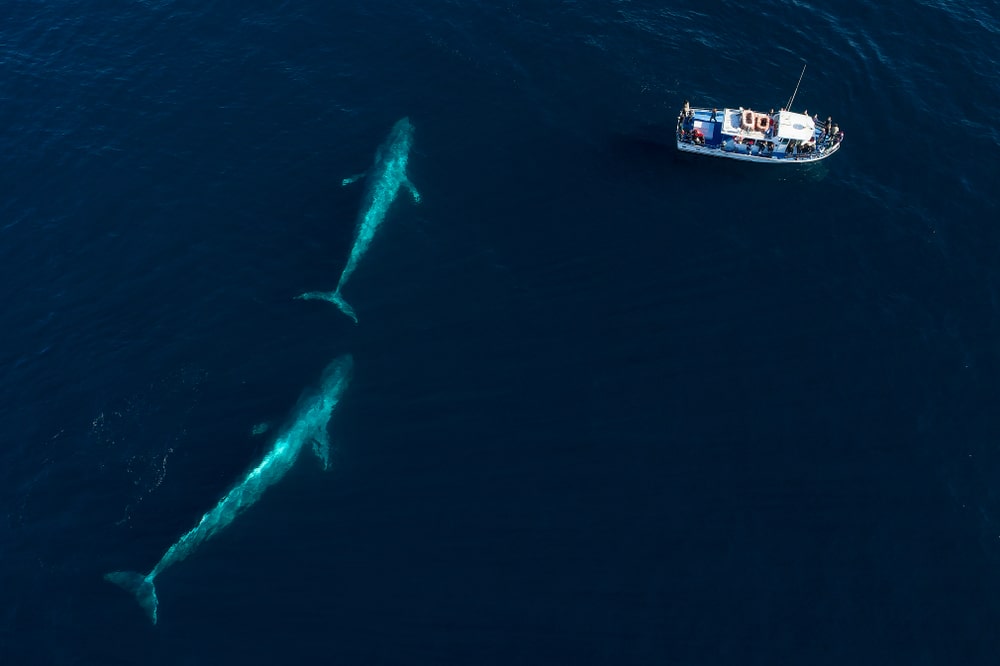
Large obvious whale footprints bubbled up to the waters calm surface. Squeals of excitement and joyous comments from the kids onboard telling their parents that “they can see it!”. The whoosh of its blow was what commanded the crew’s attention to begin with. A blue whales’ lungs are the size of a car! Making their exhale reach 10m into the sky, over double that of any other whale. The next time the blue whale blew it was close enough to frighten the passengers on the bow, WHOOOOSH, right in front of us.
As the 25m animal broke the surface you could also see an iridescent blue glowing silhouette. Fun fact, blue whales aren’t actually blue, they’re grey! The name “blue” whale came about due to the blue glow that is formed by the light grey-mottled colouration of its skin beneath the surface.
At this point in the season, we had already been extremely lucky with our blue whale encounters with better interactions and bigger numbers than any year prior.
On each tour the onboard marine biologist provides expert commentary whilst also collecting photo-ID of each individual. This part can be fun for the customers as we attempt to capture both sides of the whale’s dorsal fin and dorsal region (as the shape and pigment is unique to each individual). This information is then collated and uploaded into a long-term catalogue and used to better understand the population and ecology of the species.
The blue whale that we were following soon became two as another surfaced just to the port of the first. The second animal also had a calf with it! We often encounter an adult accompanying a mother and calf but with humpbacks not blue whales. However, this season there has been a growing number of blue whales in groups of three! Could the adult blue whales be protecting the mother and calf on their journey too?! We hope to uncover more about the dynamics and social structures of blue whales over the coming seasons! With the number of blue whales in the bay growing we can only hope that the 2021 season is even bluer than this one!

